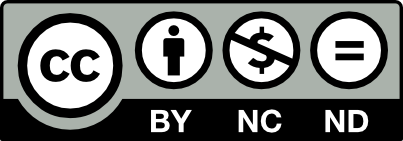Psychodiagnostic assessment of a pathological organization: a case report of transgenerational symptomatic transmission
DOI:
https://doi.org/10.23823/9npts364Keywords:
Anxiety, depression, transgenerational transmission, family bond, psychodiagnosisAbstract
Experiences of anxiety and depression can emerge within family systems as if inherited across generations, following complex and hidden paths. Family bonds are like invisible threads that can, at times, become sacrificial chains, in which individuals may feel trapped in emotional burdens, obligations, merits, debts and credits, all governed by unwritten rules, aimed at maintaining a state of homeostasis (Boszormenyi-Nagy & Spark, 1973; Jackson, D.D., 1957).
This network of relationships can offer support, but it may also constrain individual freedom, becoming an emotional prison during critical phases in the family life cycle.
Sudden and non-normative events—such as the death of a family member, separation, serious illness, or relocation—can destabilize the family equilibrium, triggering intense stress and challenging the system’s ability to adapt.
According to authors such as Bowen (1980), it is in these circumstances that one or more members may be confronted with unresolved experiences, hidden grief, and frozen emotions—pain that was never expressed or acknowledged by the system.
This article presents the clinical case of Flora, a 40-year-old woman who turned to the Ecopsys Clinical Center in Naples in February 2025, reporting pervasive anxiety and sadness and marital difficulties with her husband, Michele.
Through clinical interviews and diagnostic tools, it was possible to identify the transgenerational transmission of somatic and psychopathological states, as well as mental attitudes aimed at preserving an idealized perception of the parental gaze.
Downloads
Downloads
Published
Issue
Section
License
Copyright (c) 2025 Federica Colombo, Vanessa Errico, Tiziana Salvati

This work is licensed under a Creative Commons Attribution-NonCommercial-NoDerivatives 4.0 International License.
Authors who publish in this journal agree to the following:
- Authors retain the rights to their work and give to the journal right of first publication of the work simultaneously licensed under a Creative Commons License - Attribution that allows others to share the work indicating the authorship and the first publication of this journal.
- Authors can accept other non-exclusive licensing agreements for the distribution of the published version of the work (eg. Deposit it in an institutional repository or publish it in a monograph), provided to indicate that the document was first published in this journal.
- Authors can spread their work online (eg. In institutional repositories or on their website) before and during the submission process, because it can lead to productive exchanges and increase the work published citations (See The Effect of Open Access) .










